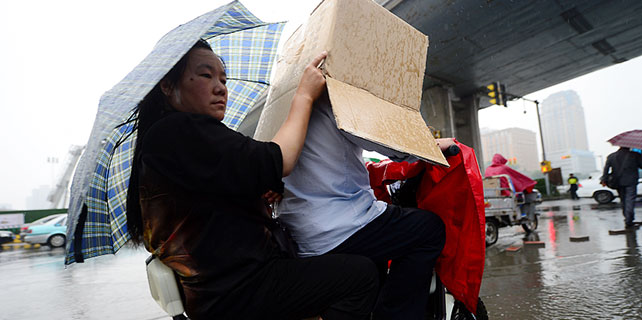US-China trade amid America's new uncertainty
After the two-day summit at Mar-a-Lago, the US and China announced a 100-day plan to improve strained trade ties and boost cooperation between two nations.
What will happen to US-China trade talks? During the past three decades, US trade stance has shifted from one that used to be multilateral and inclusive to one that is increasingly bilateral and assertive. These policy stances can be condensed into three scenarios.
In the multilateral scenario, Washington would pursue multilateral trade agreements that include China (expansion of the WTO’s Information Technology Agreement concluded; the tariff-focused Environmental Goods Agreement; China’s negotiations to join the WTO’s procurement agreement; US efforts at a Trade in Services Agreement). This scenario is more typical to US administrations in the early days of China’s reforms and opening-up policies, when the mainland’s economic might was still marginal.
In the bilateral scenario, the US would intensify bilateral negotiations with China to liberalize trade through high-level bilateral dialogues, such as the US-China Strategic & Economic Dialogue and the US-China Joint Commission on Commerce and Trade (JCCT), while seeking to complete the Bilateral Investment Treaty (BIT).
This is perhaps the scenario that former Treasury Secretary Henry Paulson, former CEO of Goldman Sachs, pushed in the second term of President George W. Bush. It rested on the idea that commercial interests also bring about political and strategic benefits.
In the assertive scenario, the US would take a more aggressive stand against China (dispute settlement cases against China in the WTO; threats of trade sanctions; greater use of US trade remedy laws, including antidumping and countervailing measures). In one way or another, the Obama administration adopted this scenario as it seized the WTO option and flirted with trade sanctions. In turn, the Trump administration initially also threatened to exploit aggressively US trade remedy laws against China.
In brief, there is more continuity between Obama and Trump than the Democrats would like to acknowledge.
In his 2016 campaign, President Trump promised to renegotiate key US free trade agreements, including the North American Free Trade Agreement (NAFTA). After his inauguration day, he walked the talk and used executive order to pull out of the Trans-Pacific Partnership (TPP). NAFTA renegotiations are set to start soon.
As trade policy relies mainly on executive action, the Trump administration may opt for renegotiating deals rather than rejecting them, which would lower the downside risk. As the negotiations are to begin after mid-August, they will be followed closely by other bilateral trade agreements that will soon be on the table. Since these talks are likely to endure through the fall, major trade friction that would undermine global growth prospects may be deferred until 2018.
What about the 100-day plan concluded during the Trump-Xi meeting at Mar-a-Lago? The effort is to improve strained trade ties and boost cooperation between two nations. However, if the plan fails to offer major breakthroughs after the summer, Trump’s trade hawks may resurface and deficit rhetoric could escalate again.
As the Trump administration must fight for its political survival, even as it would like to implement bold reforms, it seeks short-term wins to foster confidence.
If the 100-day plan could generate significant results, it has potential to take the bilateral ties on a new level.
The author is the founder of Difference Group and has served as research director at the India, China and America Institute (USA) and visiting fellow at the Shanghai Institutes for International Studies (China) and the EU Center (Singapore).






















